In the realm of gardening, spring heralds a season of renewal and growth, where vibrant blooms and lush foliage adorn our landscapes. However, amidst the excitement of tending to our gardens, it’s essential to understand the delicate balance of pruning, particularly before plants bloom. Welcome to an insightful journey into the world of gardening wisdom, where we explore the art of pruning and unveil the secrets to nurturing your plants to their fullest potential. Join us as we delve into the intricacies of spring pruning, focusing on the eight plants that should never be pruned before they bloom. Through this comprehensive guide, you’ll gain valuable insights to ensure your garden thrives with vitality and splendor throughout the spring season and beyond.
Table of Contents
TogglePlants You Should Never Prune in Spring Before They Bloom
1. Azaleas (Rhododendron spp.)
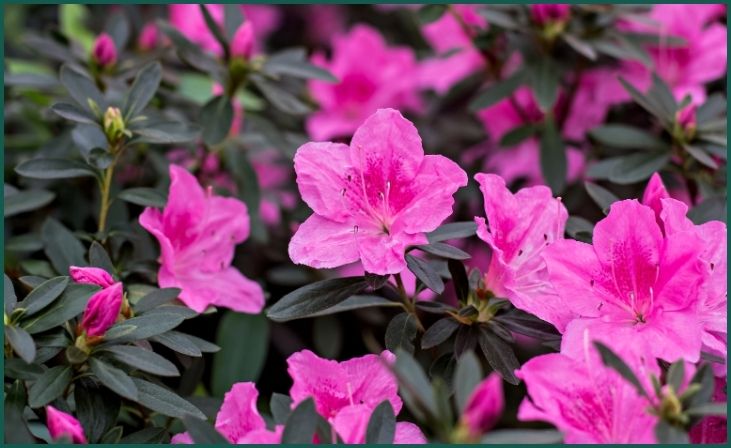
Azaleas are renowned for their stunning blooms that inject vibrant colors into spring landscapes. Pruning these delicate shrubs before they bloom is ill-advised as it can thwart their flowering potential for the entire season. Instead, exercise patience and wait until after they have finished blooming to shape or trim them. By adopting this approach, you ensure a lush and bountiful display of blooms year after year. Azaleas thrive when they are allowed to complete their blooming cycle undisturbed, rewarding you with a captivating spectacle of color and beauty.
2. Forsythia (Forsythia spp.)
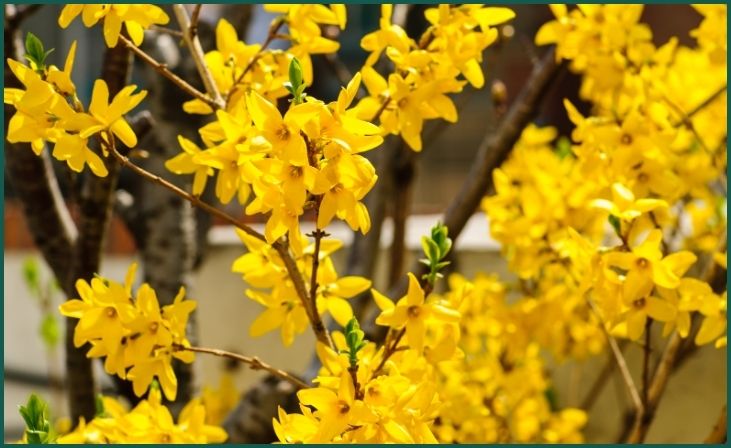
Forsythia’s golden-yellow flowers are a quintessential sight in early spring, signaling the arrival of warmer weather. Pruning these shrubs before they bloom risks removing next season’s flower buds, depriving you of their iconic display. To preserve their vibrant blooms, it’s essential to prune forsythias immediately after flowering. This timing allows the shrub to channel its energy into healthy growth, ensuring a profusion of blooms in the following spring.
Also Read : 8 Essential Tips for Growing Tomato Plants in Pots
3. Lilacs (Syringa spp.)

Lilacs are cherished for their fragrant clusters of flowers that grace gardens in late spring, perfuming the air with their delightful scent. Pruning lilacs before they bloom can disrupt their flowering cycle, leading to a diminished display the following season. To safeguard their beauty and fragrance, it’s best to prune lilacs promptly after flowering. This practice not only removes spent blooms but also allows for shaping the shrub as necessary, ensuring its vitality and longevity in your garden.
4. Magnolias (Magnolia spp.)
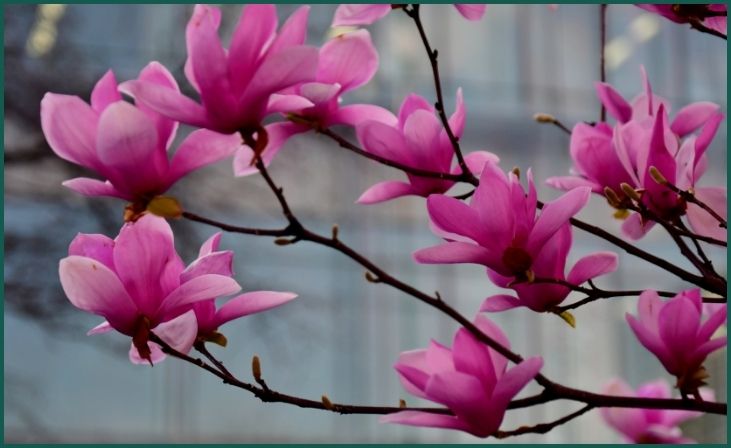
Magnolias are renowned for their large, showy flowers that adorn gardens in early spring, captivating all who behold them. Pruning these majestic trees before they bloom poses the risk of removing the precious flower buds, robbing you of their breathtaking display. To preserve the magnolia’s beauty and grandeur, it’s crucial to refrain from pruning until after flowering. By allowing the tree to showcase its full splendor, you can revel in the splendor of its blooms and appreciate the timeless elegance it brings to your garden.
Don't just scroll, subscribe!
BuzzTrail's unique web-stories are the cure for boredom you've been waiting for.
5. Flowering Cherries (Prunus spp.)
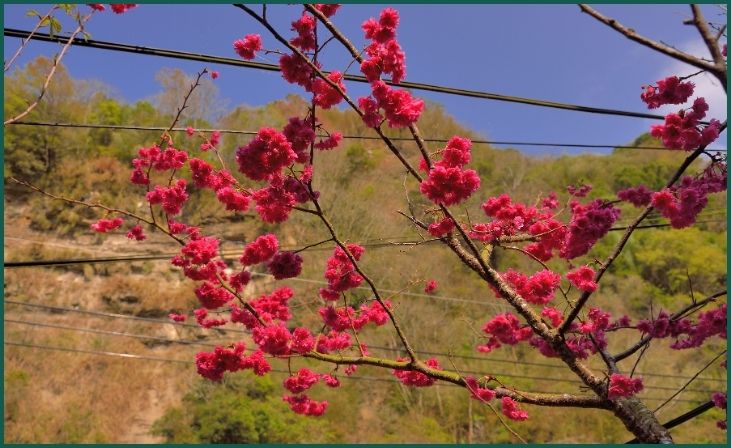
Flowering cherries are synonymous with the arrival of spring, gracing landscapes with their delicate blossoms. Pruning these ornamental trees before they bloom can disrupt their floral display and compromise their overall vigor. To maintain their graceful beauty and ensure a stunning spectacle year after year, it’s best to prune flowering cherries immediately after they finish blooming. This timing allows the tree to set fruit for the season while preserving its ornamental value, enhancing the aesthetic appeal of your garden.
6. Hydrangeas (Hydrangea spp.)

Hydrangeas enchant with their large, showy blooms that span a spectrum of vibrant hues. Pruning hydrangeas before they bloom can remove next season’s flower buds, leading to sparse flowering. To enjoy abundant blooms and vibrant colors, it’s advisable to prune hydrangeas after they finish flowering. By trimming back dead or damaged wood and promoting healthy growth, you can ensure that your hydrangeas thrive and flourish, transforming your garden into a haven of beauty and charm.
7. Crabapples (Malus spp.)

Crabapples add a burst of color to the landscape with their vibrant blossoms in spring. Pruning these ornamental trees before they bloom can diminish their floral display and impact fruit production. To ensure a spectacular show of blossoms and bountiful fruit, it’s essential to prune crabapples immediately after flowering. This timing allows the tree to set fruit for the season while preserving its ornamental value, enhancing the visual appeal of your garden for all to enjoy.
Also Read : 7 Deer-Resistant Flowers For Sun
8. Flowering Dogwoods (Cornus florida)
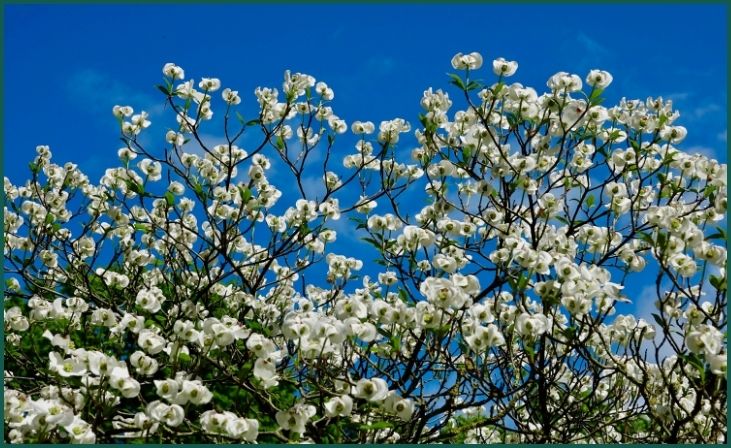
Flowering dogwoods are renowned for their delicate blooms and vibrant foliage, lending an air of elegance to any garden. Pruning these trees before they bloom can disrupt their flowering cycle and detract from their ornamental value. To preserve their beauty and grace, it’s best to prune flowering dogwoods after they finish blooming. By shaping the tree as needed and allowing it to maintain its form, you can ensure that your garden is adorned with the timeless beauty of flowering dogwoods year after year.
Conclusion
In conclusion, proper pruning is crucial for the health and beauty of your garden, especially when it comes to spring-blooming plants. By adhering to the timing guidelines outlined in this article, you can ensure that your plants flourish and bloom abundantly year after year. Remember to prune these plants only after they have finished flowering to avoid removing next season’s flower buds. With the right care and attention, your garden will thrive with vibrant colors and lush foliage, creating a picturesque landscape that delights both you and your visitors. Embrace the joy of gardening and watch as your plants reward you with their stunning blooms and natural beauty.
FAQs
Will pruning encourage more blooms?
Will pruning encourage more blooms?
Pruning encourages healthy growth and can enhance flowering, but it’s essential to prune at the right time to avoid removing flower buds. Proper pruning techniques can maximize blooming potential and overall plant health.
Can I prune dead or damaged branches before flowering?
Can I prune dead or damaged branches before flowering?
Yes, you can remove dead or damaged branches at any time of year to promote the overall health and appearance of the plant. However, avoid extensive pruning before flowering to prevent the loss of flower buds.

